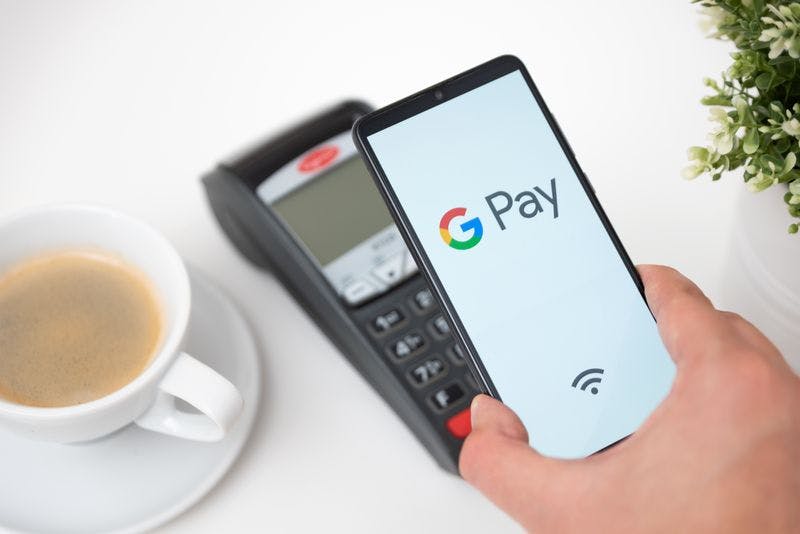A Google Merchant Account has two types of meanings depending on what a merchant is looking for. The first is through Google Merchant Center which is Google’s online platform that allows you to manage and sell products using their advertising and product management services. There you’ll find other ways to enhance your visibility, create ads, and review your online performance. Your account has a company-specific profile which you can update as your business grows.
On the other hand, a Google Pay merchant account is a payment processing tool that you use to accept credit card payments for your business. Every online store needs a merchant account and payment gateway in order to process transactions for their ecommerce store. However, it’s important to note that Google Pay only works in particular industries and will not support most high risk merchant accounts .
Google Pay
It’s important to distinguish between a Google Pay merchant account and the features a merchant might be looking for in the Merchant Center. When you use Google Pay, you gain the ability to accept credit card payments online. When a customer makes a purchase, the funds are sent to your merchant account – this is essentially a bank account for your business.
Google Pay has its limitations when it comes to high risk merchant accounts. In their Service Agreement they highlight prohibited and restricted items. Prohibited industries included “Adult products and services, counterfeit, illegal, or stolen products and services, copyrighted material, and Dangerous items.”
Google Pay Restricted Items
There is a fine line to walk when it comes to opening a merchant account in a restricted industry Google describes them as:
Additionally, there are Country-specific Restrictions you’ll have to consider.
How Does Google Pay Work?
From the perspective of a customer, Google Pay is viewable through your website at the checkout page. They will see a list of payment methods and a shopper can choose Google Pay to complete the purchase. When they do that, they are sent a secure token to their phone app. After confirming the token, the transaction details travel to the seller’s merchant account and process on the backend.
Google Play Store Chargeback and Fraud Detection
Merchants who sell their goods or services through the Google Play Store or Chrome Web Store receive added benefits. Google chargeback protection evaluates any dispute made by a merchant before debiting your account. Moreover, they also have risk modeling technology which automatically detects if a transaction seems fraudulent and cancels it on the spot. These two services help sellers maintain their bottom line and steer clear of the issues that sometimes accompany selling online.
Google Merchant Center
Within the Google Merchant Center you can view your products, performance, marketing, and growth. These tools help you connect your Google Shopping ads and your online store. For example if you have a Shopify account, you’ll be able to connect your products to the App for Google Shopping Feed.
Ads are a useful feature for ecommerce stores, and tracking their success is imperative. When you evaluate the cost per ad and measure it against the revenue generated for each item sold, you can get a straightforward understanding of your profits. With this knowledge, you’ll be able to determine how much you want to spend in online advertising to move inventory as your items are purchased.





